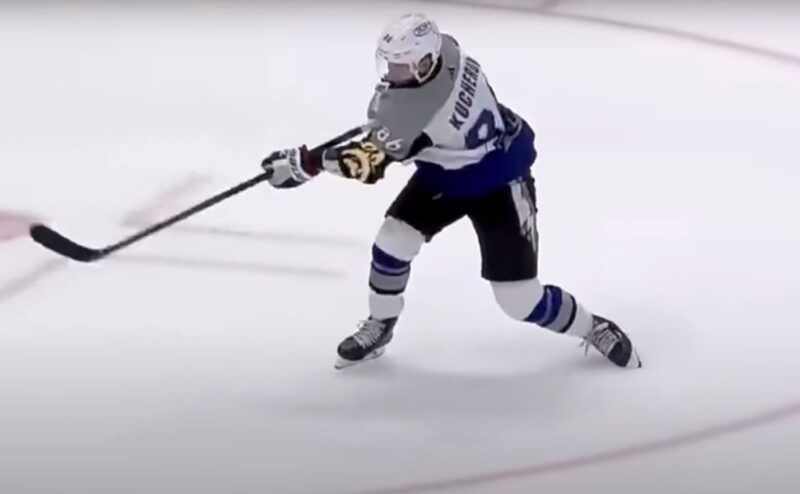A hockey shootout serves as a penalty shot competition to decide tied games after regulation time and overtime. The NHL introduced shootouts in the 2005-06 season to eliminate tie matches, adding an exciting finale to games that remain undecided after the standard play and overtime periods.
Each team selects three players to take penalty shots against the opposing goalie, creating a high-stakes, individual skill showcase. The home team has the choice to shoot first or second, a decision that carries strategic implications.
With no maximum number of players allowed to participate, shootouts continue until a winner emerges, ensuring every game has a decisive outcome.
Key Takeaways
Rules and Format
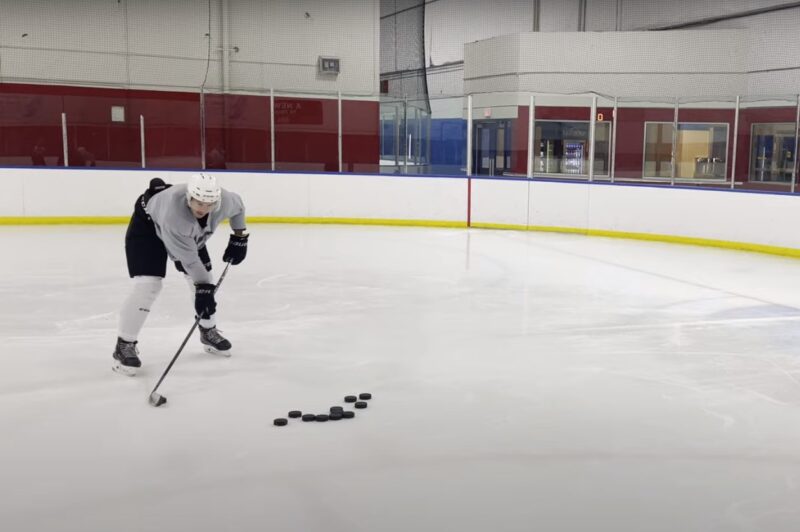
NHL shootouts offer a thrilling conclusion to games that remain tied after overtime. Each team selects three players to take turns attempting penalty shots against the opposing goalie. The team with the most goals after these rounds wins the game.
If the score remains tied, the shootout enters sudden-death rounds, with teams alternating shots until a winner emerges. This format tests player skill and goalie resilience, making every shot a potential game-decider.
Key Components
- Player Selection: Teams choose their best shooters, often based on their performance in practice and previous shootouts.
- Goalie Challenge: Goalies face immense pressure, with each save as crucial as the shooters’ attempts.
Sudden-Death Rounds
- Continuation: If tied after three shots, teams continue in a back-and-forth battle, heightening the suspense and excitement for fans.
Strategic Choice: Shooting First or Second
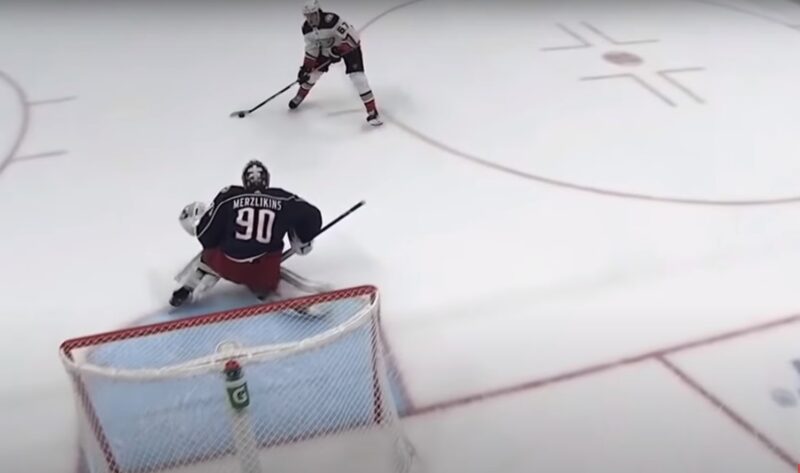
The home team decides whether to shoot first or second in the shootout, a decision that can influence the outcome. Statistics suggest a slight advantage to shooting first, as it puts immediate pressure on the opposing team.
This choice involves psychological tactics, with coaches considering their players’ strengths and the opposing goalie’s tendencies.
Psychological Warfare
- First Shooter Advantage: Setting the tone and putting pressure on the opponent.
- Response Strategy: The second team has the chance to immediately counter, adding a layer of strategy.
Tactical Decisions
- Coach’s Insight: Coaches make this crucial decision based on their knowledge of the players and the game situation.
Player Selection and Participation
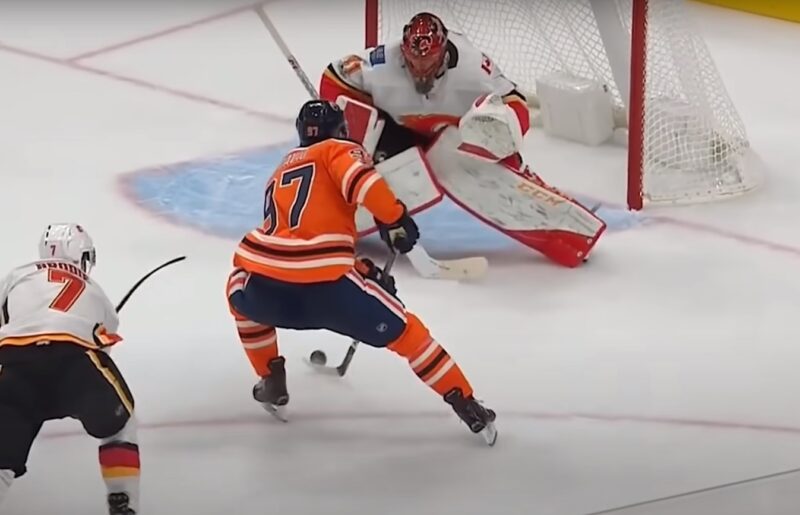
In shootouts, the choice of shooters is critical. Coaches select players based on their skills, confidence, and historical performance in shootouts. There’s no limit to the number of players who can participate, allowing for a wide range of strategies and choices as the shootout progresses.
Selecting Shooters
- Skill and Strategy: Coaches choose players with the best combination of shooting accuracy, deception, and nerve.
- Unlimited Participation: After the initial three shooters, coaches can pick any player, including those who have already shot, in sudden-death rounds.
Depth and Versatility
- Roster Depth: Teams with deep rosters have a broader selection of skilled shooters, providing a competitive edge.
- Repeat Shooters: In prolonged shootouts, the ability to reuse effective shooters becomes a valuable strategy.
Impact on NHL Standings
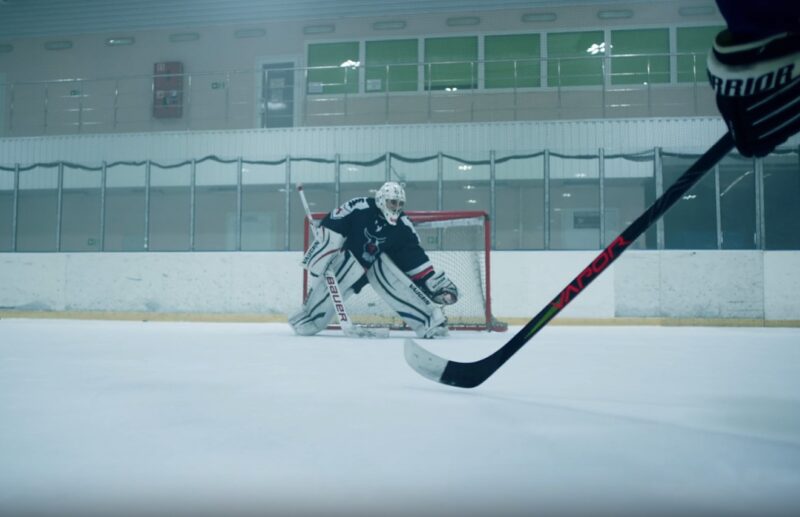
Shootouts directly influence NHL standings, awarding two points for a win and one point for a loss. This scoring system ensures that every game has a clear winner, eliminating ties and adding excitement to the race for playoff positions.
The unique distribution of points can be pivotal in tight divisional and conference races, where a single point can determine playoff qualification or seeding.
Points Allocation
- Winning and Losing Points: Teams earn two points for a shootout win, while the losing team secures one point, acknowledging their effort to reach the shootout.
Playoff Implications
- Decisive Points: The points gained or lost in shootouts can be crucial in the final standings, affecting playoff matchups and home-ice advantage.
Stanley Cup Playoffs
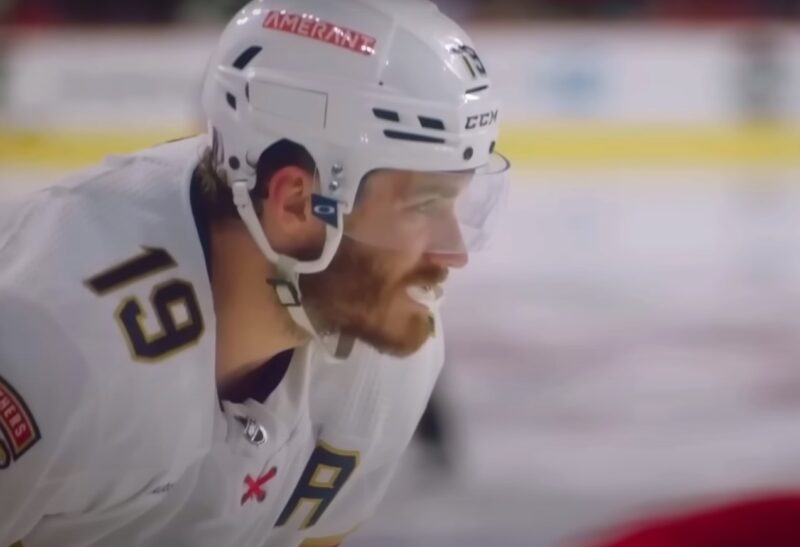
The NHL does not use shootouts in the Stanley Cup Playoffs. Instead, tied games are resolved through continuous sudden-death overtime periods, maintaining the traditional team play aspect of hockey. This format emphasizes the importance of endurance, strategy, and team cohesion, as games can extend significantly longer than regular-season matches.
Did you know that Wayne Gretzky has the most titles?
Continuous Overtime
- Endurance Test: Playoff overtimes challenge teams to maintain high performance levels over potentially multiple extra periods.
Team Dynamics
- Strategic Depth: The absence of shootouts in playoffs highlights the importance of all-around team strength and strategic gameplay.
Records in NHL
The longest shootout in NHL history, featuring the Florida Panthers and Washington Capitals, lasted 20 rounds, showcasing the unpredictability and excitement of this format. Such record-breaking events highlight individual player skills, goalie endurance, and the sheer unpredictability of hockey shootouts.
Memorable Moments
- Historic Length: Extended shootouts become memorable events, celebrated and recounted by fans and players alike.
Skill Showcase
- Individual Brilliance: Long shootouts provide a stage for players to display exceptional skill and for goalies to make remarkable saves, contributing to their legacy in the sport.
Top Performers and Success Rates
Certain players excel in the high-pressure shootout environment, demonstrating remarkable skill and composure. Artemi Panarin, known for his exceptional success rate of 62%, stands out as a prime example. These top performers possess a unique blend of precision, creativity, and ice-cold nerves, making them go-to choices during shootouts.
Skills for Success
- Precision and Creativity: Successful shootout players combine accurate shooting with creative moves to outwit goalies.
- Psychological Edge: The ability to remain calm under pressure is crucial, allowing these players to execute their shots effectively.
Impact Players
- Game Deciders: Players with high success rates in shootouts can significantly influence the outcome of games, earning crucial points for their teams.
Evolution of Overtime Rules
Before the introduction of shootouts, the NHL experimented with various overtime formats to resolve tied games. These changes reflect the league’s efforts to maintain excitement and fairness in the game while addressing concerns about player fatigue and game length.
The current shootout system, introduced in the 2005-06 season, marked a significant shift towards ensuring every game has a definitive winner.
Historical Changes
- From Ties to Decisive Outcomes: The evolution from allowing ties to mandating a winner underscores the NHL’s commitment to fan engagement and competitive integrity.
- Adapting Formats: The league’s willingness to adjust rules demonstrates a focus on improving the game’s appeal and fairness.
Criticisms and Advantages
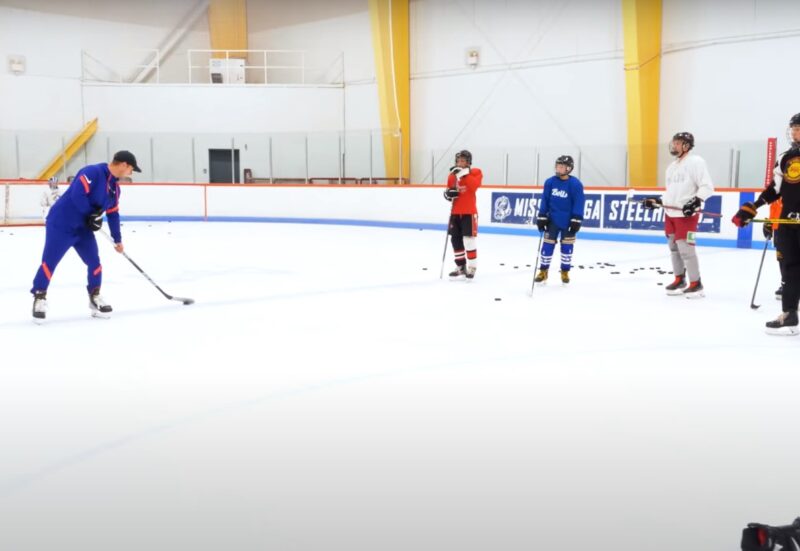
While shootouts add excitement and ensure a game winner, they also face criticism for emphasizing individual skill over team play, which some argue detracts from the essence of hockey. However, supporters highlight the reduction in player fatigue and the entertainment value shootouts bring to fans.
Points of Debate
- Individual vs. Team Effort: Critics argue that deciding games based on individual performances undermines the team-oriented nature of hockey.
- Entertainment Value: Supporters counter that shootouts provide a thrilling conclusion to games, enhancing the spectator experience.
Balancing Act
- Reducing Fatigue, Maximizing Excitement: The NHL balances these considerations, aiming to keep the game exciting and accessible while preserving its core values.
FAQs
How many overtimes are there in NHL?
There is one overtime period of five minutes in the NHL regular season. If the game is still tied after overtime, it goes to a shootout. In the playoffs, there are unlimited overtime periods of 20 minutes each until a team scores a goal.
Can the puck go backwards in a shootout?
The puck must be kept in motion towards the opponent’s goal line at all times during a shootout. The shooter can move the puck sideways or backwards while stickhandling, but cannot stop or reverse the puck’s forward motion. If the puck stops or moves backwards, the shot is considered complete.
When did NHL go to shootout?
The NHL introduced the shootout in the 2005-06 season to eliminate tie games in the regular season. Before that, games that were tied after a five-minute overtime period ended as ties. The shootout consists of three rounds of penalty shots, with additional rounds if needed.
What’s the longest shootout in NHL history?
The longest shootout in NHL history occurred on December 16, 2014, when the Florida Panthers defeated the Washington Capitals 2-1 in 20 rounds. The shootout featured 11 goals and 15 saves by Florida’s Roberto Luongo.
Does a goalie get a win for a shootout?
A goalie gets a win for a shootout if they are in net when their team scores the decisive goal. The goalie who loses the shootout does not get a loss, but an overtime loss (OTL), which is worth one point in the standings. A win in overtime or a shootout is worth two points.
Do you get a point for a shootout loss in NHL?
Yes, a team that loses in a shootout gets one point for reaching overtime. The team that wins in a shootout gets two points. Some critics argue that this system is unfair and rewards teams for losing, and propose alternative point systems.
The Bottom Line
NHL shootouts serve as a decisive and exciting method to conclude games that remain tied after overtime. They highlight individual skill, strategic decision-making, and the psychological aspects of hockey. Despite criticisms, shootouts have become an integral part of the NHL, influencing standings, showcasing top talent, and providing memorable moments for fans. As the league continues to evolve, shootouts remain a testament to the sport’s adaptability and enduring appeal.
